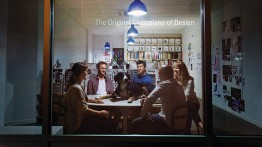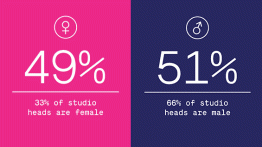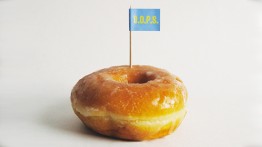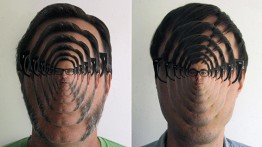Mapping New York Graphic Design
POSTED ON: September 27, 2013
A typical New York City map represents a physical space depicted through graphic design. Think of the bike path map or Massimo Vignelli's iconic 1972 subway map. But what would it look like if things were turned inside out and New York City-based graphic design studios became the map? A new exhibition, Image of the Studio: A Portrait of New York City Graphic Design, opening at 41 Cooper Gallery on October 1, tries to answer that very question.
 Studio work of Labour
Studio work of Labour
The mapping in this case will be more metaphorical than literal. "We took mapping as an inspiration or a launching point," Alexander Tochilovsky, of the Herb Lubalin Study Center of Design and Typography, and co-curator of the exhibition, says. Matt Owens, the other co-curator and a founding member of Athletics design studio in Williamsburg, Brooklyn, came to Mr. Tochilovsky with the idea of an exhibition looking at current graphic design studios in New York City, the world's hub for the industry. This merged elegantly with a long-standing idea that Mr. Tochilovsky had been considering. "You look at the studio presences online and there is not that much photographed. You don't really know what the main principals look like. So I always fantasized about having their portraits: these are the people that make graphic design."
So Tochilovsky and Owens sat down, came up with a list of every New York studio they could think of and solicited them to provide both a portrait of the staff and representative work that would fit inside a 30x30" space. "They could do whatever they wanted within those dimensions," Tochilovsky says. They ended up with 78 participating studios, from the largest, most famous firms like Pentagram (whose partners include two Cooper alums: Emily Oberman (A'85) and Abbott Miller (A'85)) to one-person shops. Not surprisingly, contributions varied wildly. "Many studios took it as a design challenge. Some did something more conceptual like, 'What is a portrait, really?' There will be an interesting mix," Tochilovsky says.
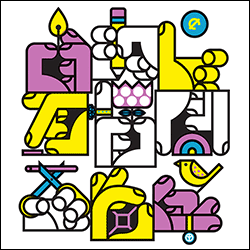 Studio work of DEMO
Studio work of DEMO
The exhibition links the studio-created material with data points about the working life of New York graphic designers. "We created an online questionnaire," Tochilovsky says. "Every studio filled it out with as much information as they were willing to share. There was a range of very comprehensive questions including where they are located, how many employees they have, the square footage of their studio, the ratio of male to female staff, what they like to do socially, and whether they have any design rituals. And we used that information to create infographics. That's the 'mapping.' "
One of the notable data points appearing in the show concerns gender breakdown. While the industry splits almost evenly with women at 49% and men at 51% working at all levels, the numbers swing at the top, with 66% of studio heads identified as male vs. 33% female. There will also be actual maps, including studio locations in the city. "One of the interesting things about that was highlighting how many studios aren't in Manhattan any more, which used to be taboo. It used to be that if you were not in the 212 area code you couldn't really have a viable, practical business. But that has changed."
"Our hope is to celebrate New York graphic design by showing how many studios there are and how different their work is. But we also hope to reveal interesting narratives going through the data," Tochilovsky says. Students will benefit because working in a studio often seems mysterious to them, he says. "They wonder, 'How does a graphic design studio operate? What does it entail? Can I start something off right out of school?' So I always try to make an exhibition that gives a little more insight for students." But the show will appeal to non-graphic-designers as well. "It will be interesting to better expose an industry that I think very few people fully understand. These studios create a lot of visual information that we see on a day to day basis. It is valuable to see where this comes from and the people that make it."


